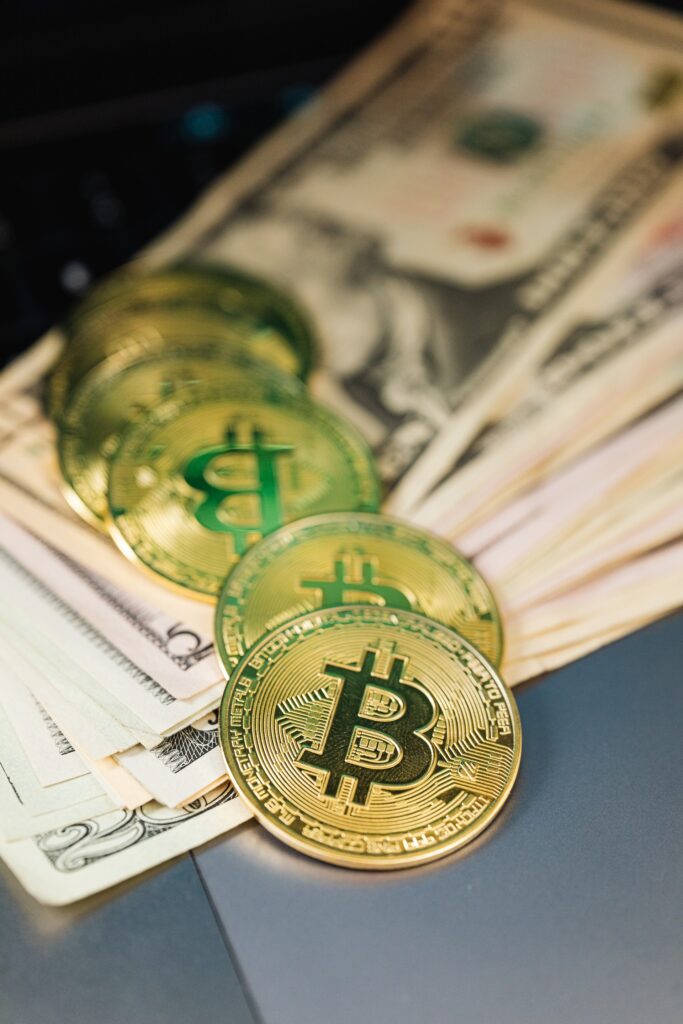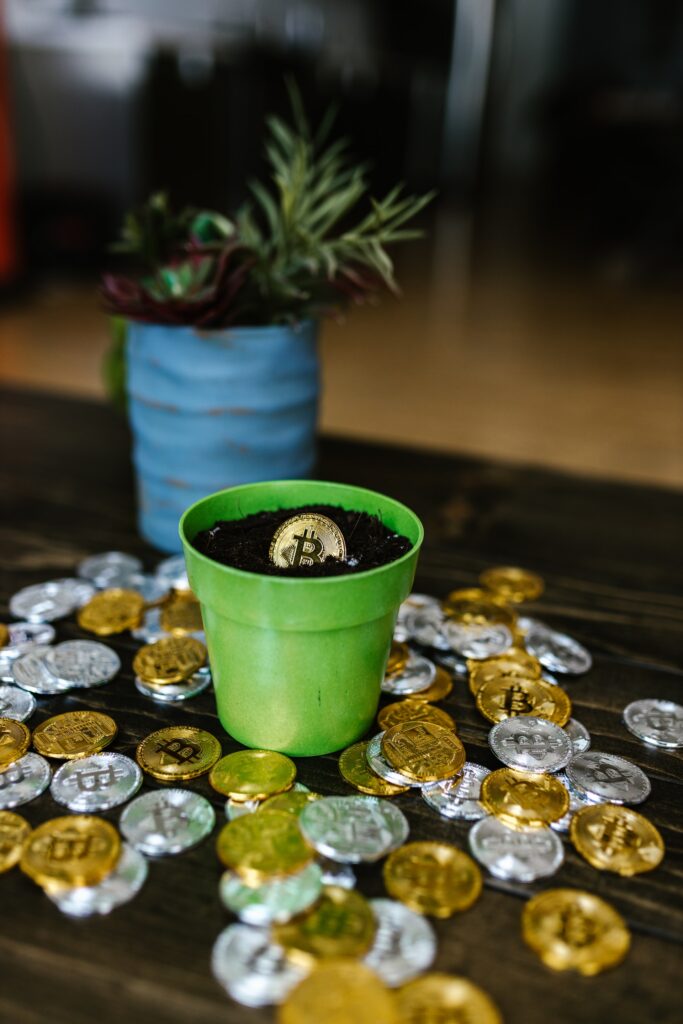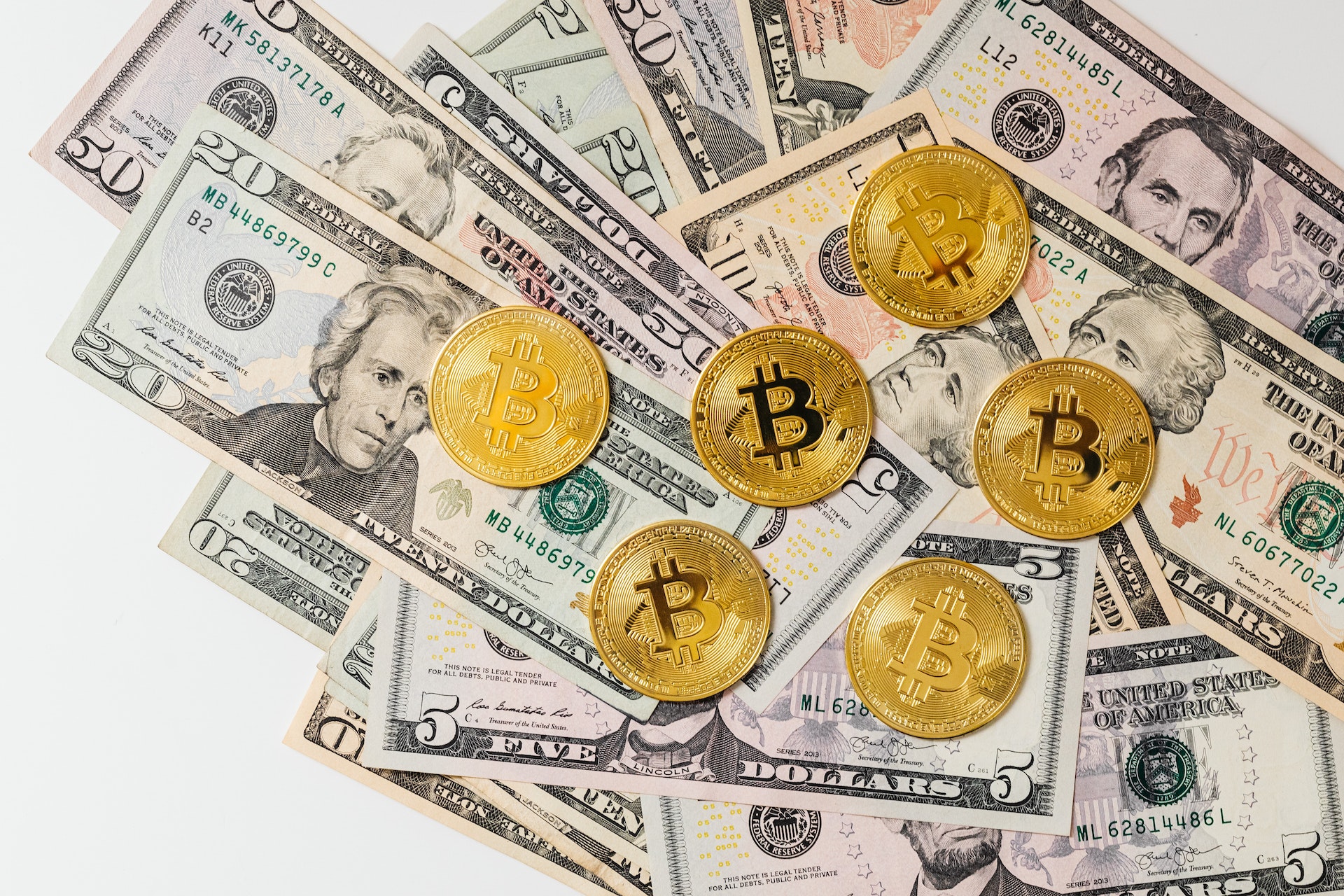Investing in cryptocurrencies: how to start from scratch without screwing up or being scammed
If you have come this far, it is because you are interested in investing in cryptocurrencies or at least you are curious about them. In recent times it is quite likely that you have read news about the world of Bitcoin and altcoins or that a relative, friend or acquaintance has told you about it. It is also very possible that you have heard that there are people becoming millionaires mining or trading with these digital assets and it is even more so that you have thought that all this is a geek thing or perhaps an attempt to attract the unwary and swindle them.
A practical guide to avoid falling into deception, avoid beginner mistakes and get the most out of your investments
RELATED
Juan Francisco Escudero promotes a cryptocurrency and days later it falls 99% and is canceled
Well, you should know that there is only a part of the truth about both one thing and the other: very few get rich overnight with cryptocurrencies, and on the other hand, many will try to deceive you to profit. at your expense.
However, in between those two extremes is a technological and financial ecosystem that, even though it has been in operation for years, is still starting on its unstoppable path towards global adoption. In other words, you don’t arrive what is said soon, but by no means late. In Spain only 12 out of 100 people have cryptocurrencies. The party music has only just begun to play.
[The 10 most profitable cryptocurrencies and tokens of 2022: games, metaverses and Ethereum killers]
What is that about cryptocurrencies?

At first glance, the prefix “crypto” can make many suspicious, due to the connotations it has of referring to something hidden or mysterious. Better press has, instead, the technology on which this emerging universe is based: the blockchain.
For those who have no idea what it is, we could summarize it broadly as a public data storage system that by definition is impossible to falsify. A kind of open electronic book and supported by cryptography (hence the crypto) where users can carry out transactions between them, without the need for third parties, and on which an unalterable record remains. This is because all these operations are stored in a chain of blocks that cannot be reversed, as it is distributed in thousands of computers around the world.
Bitcoin, the main cryptocurrency, was the one that was born at the beginning of 2009 with this technology that is changing the world. A decentralized asset that today trades above 50,000 euros and is a refuge of value, like gold, in the face of the devaluation of fiat -fiduciary money- so punished by inflation.
[The world of cryptocurrencies, explained by a 3-year-old girl with stuffed animals and sweets]
After Bitcoin, countless cryptographic projects with different purposes and functionalities emerged, and continue to do so on a daily basis. Because, contrary to what many outsiders believe, cryptocurrencies and tokens (which are not the same thing) are more than “digital money” and, in fact, not all of them have the vocation of being a means of payment.
The evolution of the crypto universe is incessant. If last year saw the explosion of DeFi projects (Decentralized Finance acronym), at the beginning of this year it was NFTs (Non-Fungible-Tokens, in Spanish Tokens No Fungibles) that revolutionized the market.
In recent weeks, all eyes have been turning to projects related to play-to-earn videogames and metaverses, the digital worlds where people interact socially and economically as avatars and which, this time (does anyone still remember from Second Life?), are here to stay and with the aim of changing everything, as the arrival of the Internet into our lives did in its day.
GameFi, the video game economy that will make many millionaires
What do I have to do to invest in cryptocurrencies?
The first thing you should do is create an account in an exchange, that is, an exchange platform where you can convert your euros to the cryptocurrency or token you want, after paying a small commission. The best known worldwide are Binance and Coinbase, but there are others that are betting very heavily at the marketing level, such as Crypto.com. Those who are looking for what in the sector are called “gems”, that is, new projects with low market capitalization that have the possibility of “hitting the ball” with very significant price increases in relatively short periods of time, decide on KuCoin or Gate. .io. If what you want is to opt for the pre-sale of project tokens in germination, Coinlist is one of the references.
There are a multitude of provider exchanges and none have all cryptocurrencies available, as well as
or not all of your trading pairs (the currencies with which each asset can be traded). In any case, it is best to create an account in the most used exchanges.
To register you must complete the KYC process (acronym for Know Your Costumer, in Spanish Meet Your Client), which is neither more nor less than the verification of your identity with a view to complying with the law and current regulations. It’s a bit heavy for everything they ask for, but be wary of places that don’t require it.
No exchange is free from cyberattacks and there have been high-profile cases of theft of millions of customer funds by hackers. In those cases, you can write off your money. “Then the risk of having my money there is not worth it”, you will say to yourself, which leads us to highlight…
[Europe gives a tax break to Spaniards who own cryptocurrencies]
The importance of having a hardware wallet
It is at this point that you must be clear that all exchanges are custodians of your cryptocurrencies. In other words, they give you a digital wallet within their app to store your assets, but they’re not really under your control. You simply have the “promise” that they are yours when you want to withdraw them.
There is a very widespread phrase in the sector that says “Not your keys, not your coins”, or what is the same, if you do not have your private keys, they are not your coins.
For them to be, you must get a hardware wallet, which is an electronic device where crypto is stored cold (offline). It is like a kind of portable safe for which you and only you will have the private keys. In this way, you can have the peace of mind that nobody is going to steal them from you, unless you make the mistake of leaving the access codes available to anyone or providing them yourself. As Spider-Man said, “with great power comes great responsibility.” In your case it is to ensure the safety of your “keys”. You are going to be your own “bank”.
A hardware wallet on a keyboard and a coin symbolizing Bitcoin
When you activate a wallet, you are provided with a “seed phrase”, which is a series of words with an established order that, in the event that your hardware wallet is lost or damaged, you will have to enter in the new one to be able to recover your account and, with her, your assets. Hence the importance of keeping this key in a safe place and never sharing it with anyone who is not completely trusted. No exchange or app or anyone should ever require it from you under any circumstances. Without it, you will have nothing. Record that on fire.
What many investors do is leave in the exchanges only the funds with which they are going to trade (speculate to make money, exchanging some currencies for others according to the trends) and keep (“holdear” in the guild jargon) the bulk of your wallet in a cold wallet.
If you do not want to trade (if you are new, it is better not to start with it until you are well immersed in the operation of this market), the ideal thing is to have all your funds in your hardware wallet. The most popular is the Ledger Nano S or the Ledger Nano X, which cost respectively 59 and 119 euros. It is not an expense, but an investment in peace of mind.
In any of them, by installing the corresponding apps, you can operate with your cryptocurrencies as well as store them.
Tips and basics for beginners

Now that you know the first two basic steps, which are knowing where to buy cryptocurrencies and how to own them, the next thing to do is study the market. If you don’t have the time or the desire, but you want to enter the crypto world, the most recurring thing is to buy some Bitcoin and let it grow over time, without doing more.
Those who, on the other hand, want to discover how exciting this market is, will have to investigate each project and decide if it is worth investing in it. For this, each project has a “white paper”, a white book where all the details about it are explained.
The experts put the magnifying glass on the team behind the project, on the partners and collaborators that support it, on the so-called tokenomics, they do an analysis of the fundamentals and also a technical analysis, among other audits. Until you become one, if you have the willingness to do so, you can learn from those who already are. On Twitter there is a growing community (CT, initials for Crypto Twitter) where you will find a lot of information although, beware, like everything in life, you will have to know how to separate the wheat from the chaff.
Chico Crypto, the “Messi” of cryptocurrencies who earns 3,341 euros per minute
One piece of advice that everyone agrees on is not to let yourself
never get carried away by emotions. In the volatile crypto world there are bull run cycles, such as the one we have found in recent times, or bear cycles (bear market). Especially during the first years, the phenomenon known as FOMO (Fear Of Missing Out) occurs, which consists of people buying an asset because they have seen that it is rising in price or simply because they see that others are doing it. The fear of being left out of a supposed bargain. It is a mistake to be guided by that.
At the other extreme is the FUD (Fear, Uncertainty and Doubt, in Spanish fear, uncertainty and doubt), and it is what leads many to sell, even when they are at a loss, an asset they own because they have heard some negative news or rumor around it or on the market as a whole. Same thing: not usually good business.
The ideal thing is to set a roadmap in advance, planning your portfolio well and having a plan in mind.
A recurring mistake of many novice investors is to believe that the market can go up and up without end. And no, every parabolic rise ends sooner or later in a correction. Hence the importance of knowing how to collect benefits. As one of the gurus of Crypto Twitter in Spanish says on his Twitter profile, “while you try to become a millionaire, don’t forget to earn money.”
“What if I sell and then it keeps going up?” You have to assume that this will happen to you a thousand times because nobody knows what will be the maximum from which the price of an asset will begin to fall. Greed is a bad adviser. “The last euro for the dumbest”, is a common saying in the sector.
Investing in cryptocurrencies is not as complicated as many believe
Hence the importance of sticking to the plan predetermined by oneself strictly. Behaving in that sense as if you were a robot will help you start winning.
The same doubts arise for newbies when deciding when to enter a cryptocurrency in which they are interested, that is, when to buy it. Many buy it when they see that it is buoyant, in full force, when the best thing to do is to do it when nobody is looking at it because its price is on the ground. It is better to catch them when they are close to their support (base price on which they have previously bounced) than when they attack a resistance (ceiling that is difficult for them to break).
“Buy the dip” is another phrase you’ll often hear when the market dips, urging you to use those moments to stock up on tokens on the cheap.
Buy periodically instead of all at once
There is a technique that, above all for buying at any time, but also for taking profits in bullish cycles (bullish), is very wise and has been shown to be economically beneficial: the Dollar Cost Average (DCA). Who says dollar, says euro or whatever currency.
The DCA consists of making recurring periodic purchases/sales of the same asset, regardless of the price it has at any given time. Since in the long run they are assets that have growth trends to a greater or lesser extent, in this way the price of your investments is prorated instead of risking everything at once on one card.
Patience, the queen of science… and also of this market
A woman poses with a coin representing a Bitcoin
Another very important recommendation: patience will make you win. Many times you will believe that you have missed a train for a few moments of indecision or for having been late for a price increase in some currency. But don’t worry: that train will pass again. And if not that one, a very similar one.
The crypto market offers opportunities on a daily basis. Never be in a hurry to buy or sell. You will lose more money, or stop earning it, by acting in haste than if you have the temperament to wait for the right moment.
Do not blindly fall in love with any project, but be patient enough to “hold” your investment for the time necessary to generate the highest profits. Although sometimes the progress may be slow (other times you will be lucky to arrive and kiss the saint), if you have chosen well, the benefits will be much higher than what that same money would give you in your bank checking account, which in most cases is nothing.
If your idea is to hold an asset for the long term, you may be able to stake the amount you have of it. This is depositing it on some platform receiving interest for it. The block can be flexible (you can withdraw it whenever you want) or for a certain period of time. The greater the time/quantity block, the greater the reward.
There is also “farming” or “performance agriculture”, which allows you as the holder of a cryptocurrency to block it to obtain tokens from another project, for example.
There are many more options
when it comes to being able to make your investments profitable, such as the current Polkadot parachain auction or the contribution of funds to the so-called liquidity pools, although from here we advise you not to be tempted to enter, in the heat of its potential profits multiplied, in margin trading or leverage, since it is an instrument with which you can lose your money quickly.
DYOR and rule number 1
There are thousands and thousands of cryptos, but in the top 100 by market capitalization, which you can check on specialized portals such as CoinMarketCap or Coingecko, the most consolidated projects move.
If you get into the crypto world you will often read the acronym DYOR, which corresponds to the phrase “Do Your Own Research”. In other words, always find out well about what you are going to invest your money in. Or would you go to a store and blindly buy anything?
And, although we have left it for last, rule number 1 is that you never, never, never invest more money than you are willing to lose without affecting your life.


Comments
One response to “How to start investing in cryptocurrency?”
[…] Investing in cryptocurrencies: how to start from scratch without screwing up or being scammed […]